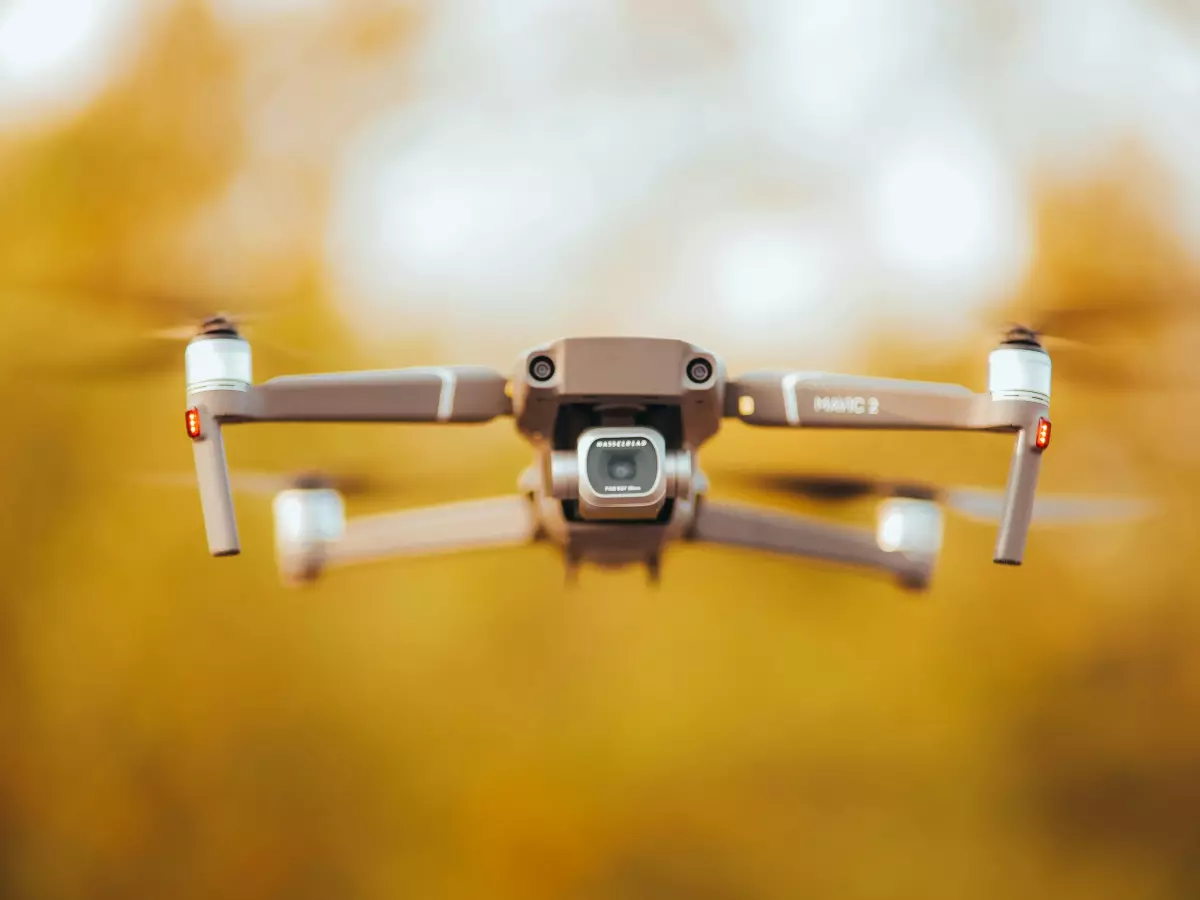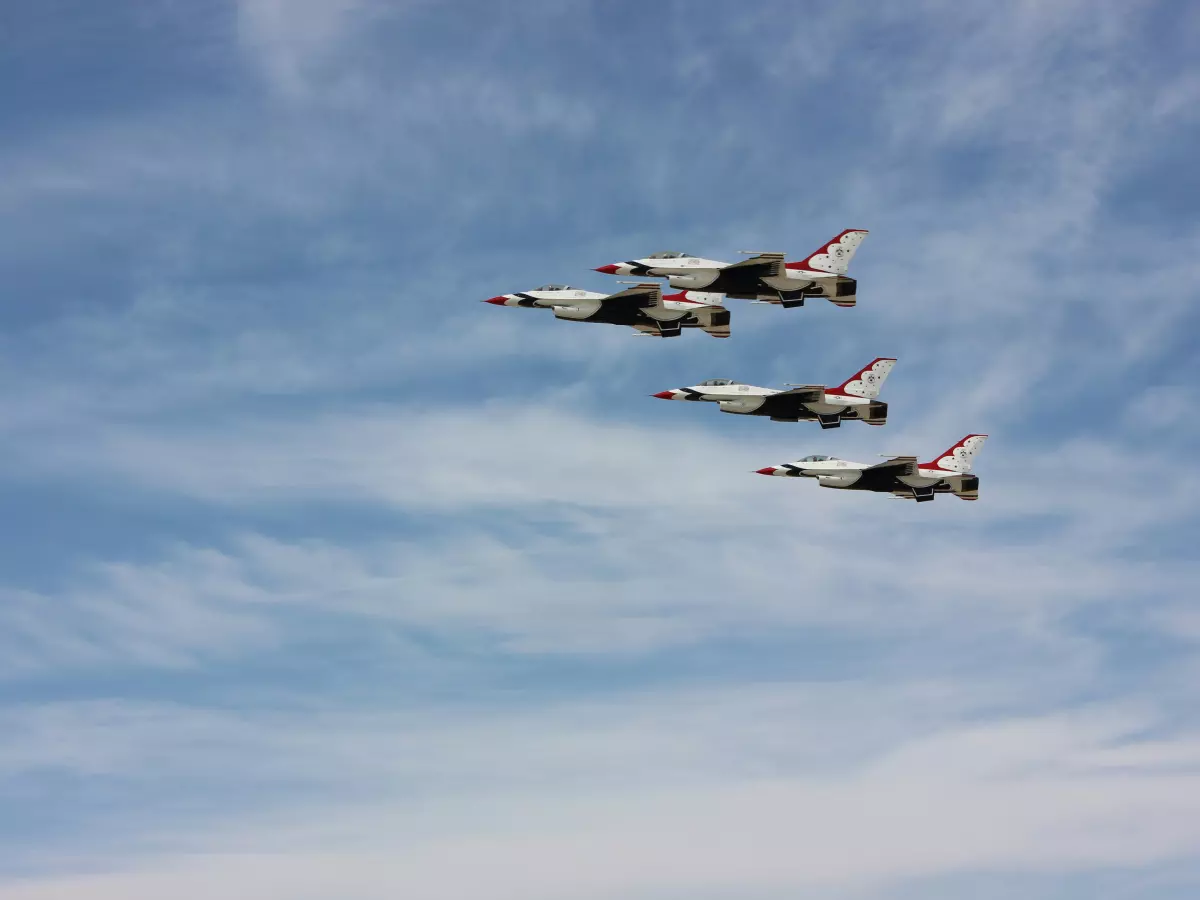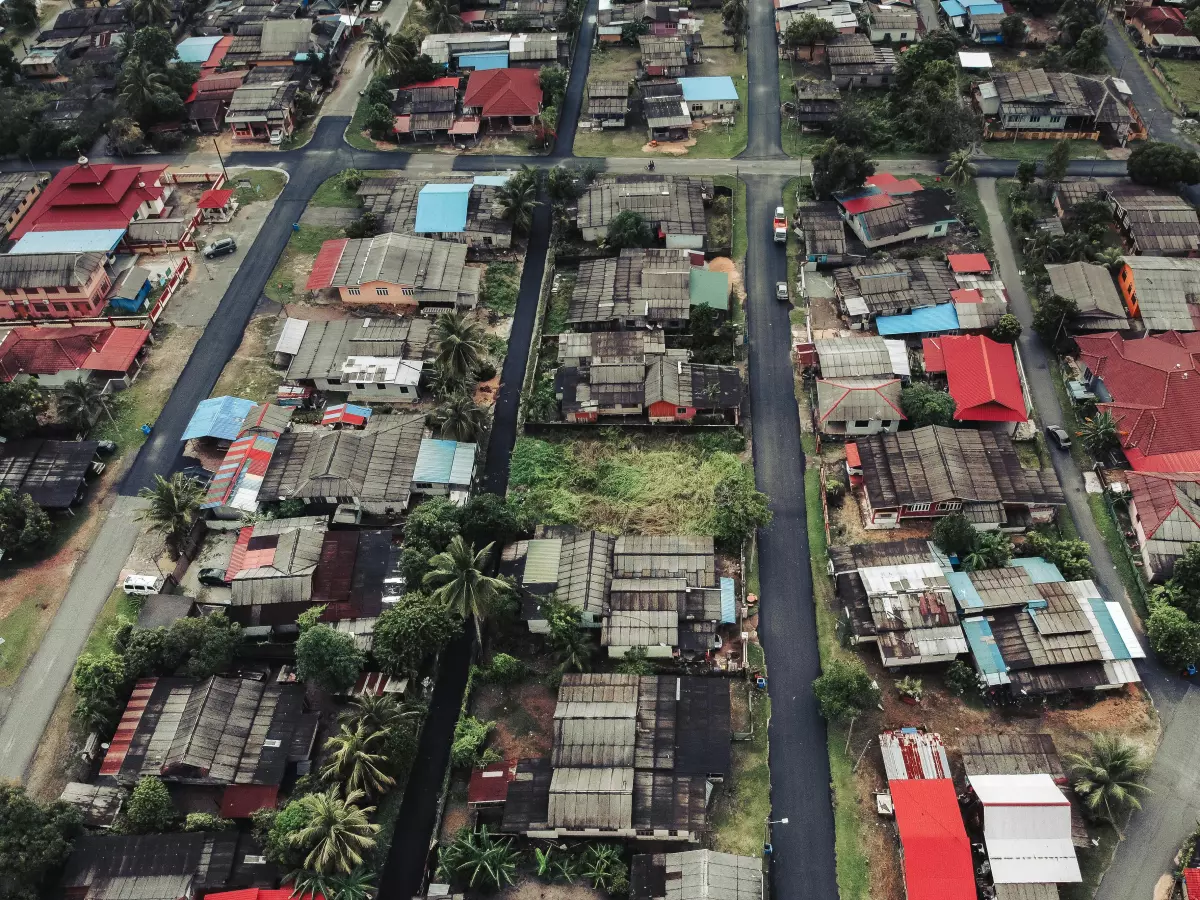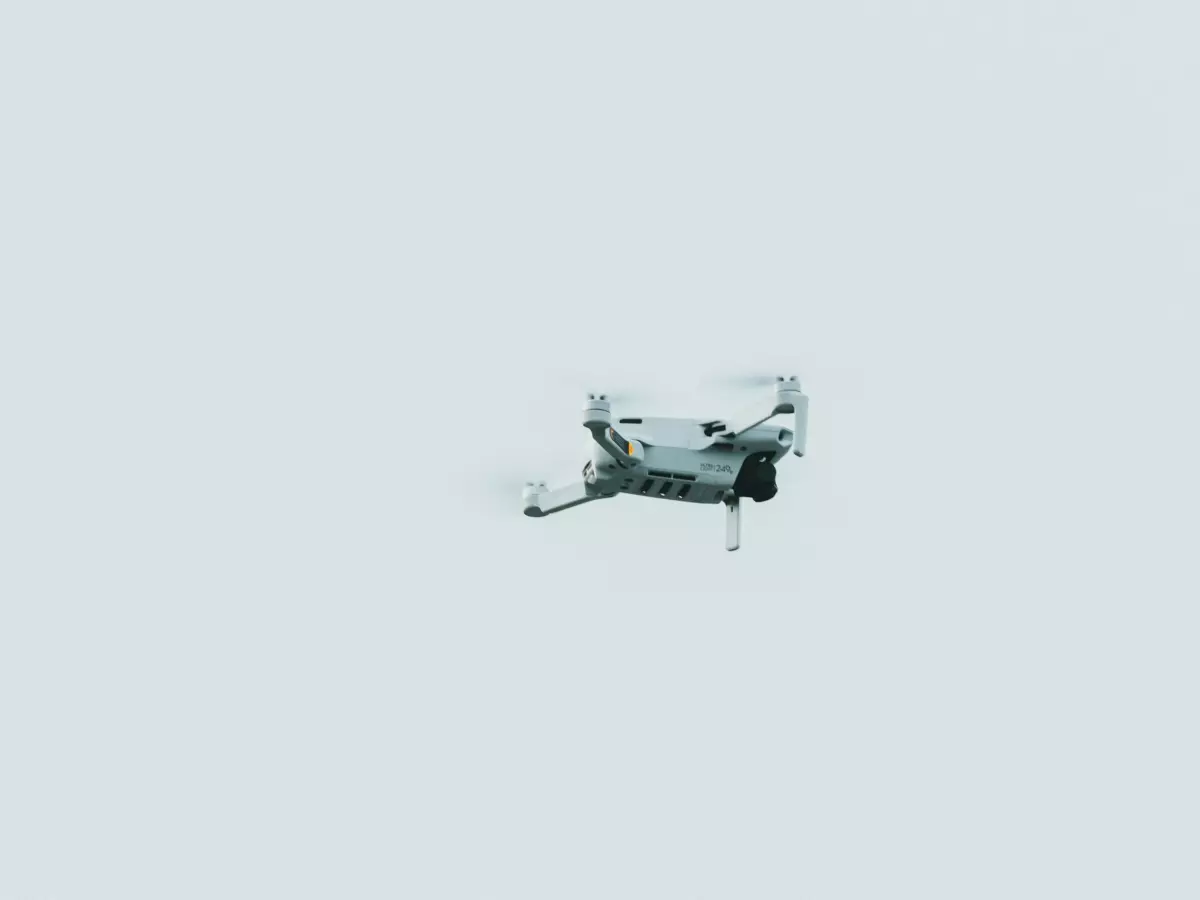Seamless Autonomy
Think drones are just fancy remote-controlled toys? Think again. Many people believe that drone autonomy is solely about advanced AI or complex algorithms, but the truth is, the real magic lies in something far more fundamental: sensor fusion.
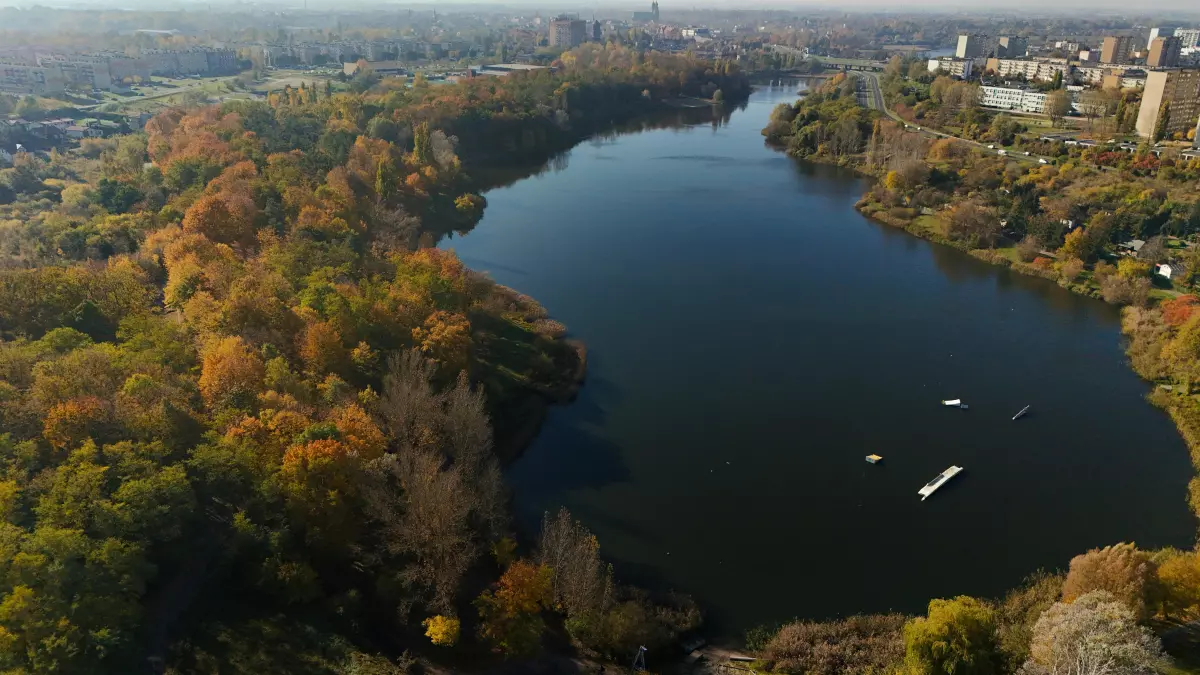
By Laura Mendes
Let's clear this up. While AI and sophisticated algorithms certainly play a role, the unsung hero of drone autonomy is sensor fusion. This technology allows drones to combine data from multiple sensors—like cameras, GPS, LiDAR, and more—to create a unified, real-time understanding of their environment. Without sensor fusion, drones would be flying blind, unable to make sense of the world around them.
What Exactly is Sensor Fusion?
At its core, sensor fusion is the process of merging data from different sensors to produce more accurate, reliable, and comprehensive information. Think of it like this: If you were driving a car and only had your eyes to guide you, you'd miss out on a lot. But if you could also hear, feel vibrations, and sense temperature changes, you'd have a much clearer understanding of your surroundings. That's what sensor fusion does for drones.
For example, a drone might use GPS to know its location, a camera to see obstacles, and an accelerometer to measure its speed. Individually, these sensors provide useful data, but when combined through sensor fusion, the drone can make smarter, faster decisions. It can navigate complex environments, avoid obstacles, and even land autonomously—all without human intervention.
Flight Control Software: The Brain Behind the Operation
Of course, sensor fusion alone isn't enough. You need software to process all that data and make real-time decisions. That's where flight control software comes in. This software acts as the drone's brain, interpreting the fused sensor data and making split-second adjustments to keep the drone flying smoothly.
Flight control software is responsible for everything from stabilizing the drone in windy conditions to executing complex maneuvers like flips or precise landings. When paired with sensor fusion, it enables drones to operate autonomously in a wide range of environments, from urban landscapes to remote wilderness areas.
Autonomy: The Future is Here
So, what does this all mean for the future of drones? In a word: autonomy. As sensor fusion technology continues to improve, drones are becoming more independent, capable of completing tasks with minimal human oversight. Whether it's delivering packages, conducting search-and-rescue missions, or mapping out remote areas, drones are proving they can handle it all.
But here's the kicker: the better the sensor fusion, the more autonomous the drone. As we move forward, expect to see drones that can navigate even more complex environments, make real-time decisions, and operate in conditions that would be impossible for a human pilot.
So, next time you see a drone zipping through the sky, remember: it's not just AI or fancy algorithms at work. It's the seamless integration of sensor fusion and flight control software that's making it all possible.
And if you're not paying attention to this tech revolution, you're already behind.
